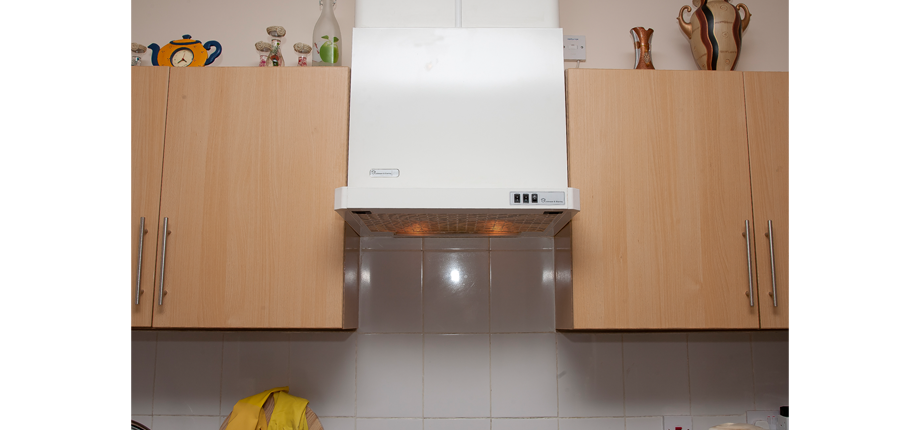Poor indoor air quality can lead to visible pollutants such as mould growth, and also allow the build-up of hidden dangers such as CO, VOCs, etc. which can have an adverse effect on health. HA speaks to Chris Yates, Managing Director of Johnson & Starley, about how RSLs can help by improving ventilation.
How can poor IAQ affect residents’ health?
Chris: Health issues can range from irritated eyes, nose and throat, headaches, tiredness to difficulty breathing, nausea, confusion and difficulty in concentrating. With long term exposure there can be damage to the heart, liver or kidneys and central nervous system, as well as hypersensitivity pneumonitis, allergic rhinitis (hay fever) and asthma.

We know showering and cooking add moisture to the air but what other factors exist that can affect IAQ?
Chris: VOCs (or volatile organic chemicals) in cleaning products, glues, solvents, paint, fabrics used in soft furnishings and carpets, air fresheners, cosmetics, and aerosols can all contribute to poor IAQ, as can the use of scented candles, Residents or their guest smoking and also Radon the natural, radioactive gas which is emitted from the soil every few seconds and collects in homes.
Would you recommend room-by-room or whole house ventilation; what’s the difference?
Chris: This depends very much on the property type and an assessment by a qualified installer. Room by room is where an extract fan is used to remove stale air from a room such as a bathroom. Fresh air is not introduced into the building by the unit.
Whole house ventilation will enable the air to be ‘changed’ by introducing fresh air into the property and enabling stale air to be exhausted to the atmosphere.
And what about apartments: is roof-space essential to house the units?
Chris: There are options of wall mounted MVHR units such as the Q-Vent or the LE155 which remove the air via grilles and use ducting to exhaust the stale air to atmosphere.
Don’t they cost a lot to run?
Chris: Typically around only 1p per day.
What if the tenant takes the batteries out?
Chris: They are all mains powered and some can be set so the tenant can not interfere with them.
What’s the difference between positive pressure systems and extraction?
Chris: Positive pressure works by drawing fresh air in from the loft space where the unit is situated, and then circulating it around the property via a central diffuser situated on a landing or hallway. This creates a positive pressure and the stale moist air escapes through the fabric of the building.
Extract units provide low level extraction from kitchens, bathrooms, shower rooms, toilets and utility rooms via grilles and a ducted system. The extracted air is then discharged to the outside via a single duct/grille. These units have the ability to be changed from normal running speed to boost when the residents are either showering/bathing or cooking.
How many years can we expect a unit to last, what maintenance is required, and what’s the guarantee?
Chris: Johnson & Starley offer a 5 year guarantee on all our ventilation units, which covers parts and labour.
Can your system be retro-fitted, or do they need to be designed-in at build stage?
Chris: Our systems have been designed to all be either retrofit or from build stage.
What training do you offer to installers?
Chris: Johnson & Starley is the first UK manufacturer to offer a new NICEIC Certification Training and Assessment Course for installers of ventilation systems. The course assesses installers against set criteria which have been formed from the relevant National Occupational Standards (NOS) and approved by SummitSkills - the Sector Skills Council for the building services engineering sector. The qualification lasts for five years.
www.johnsonandstarley.co.uk
- Log in to post comments













